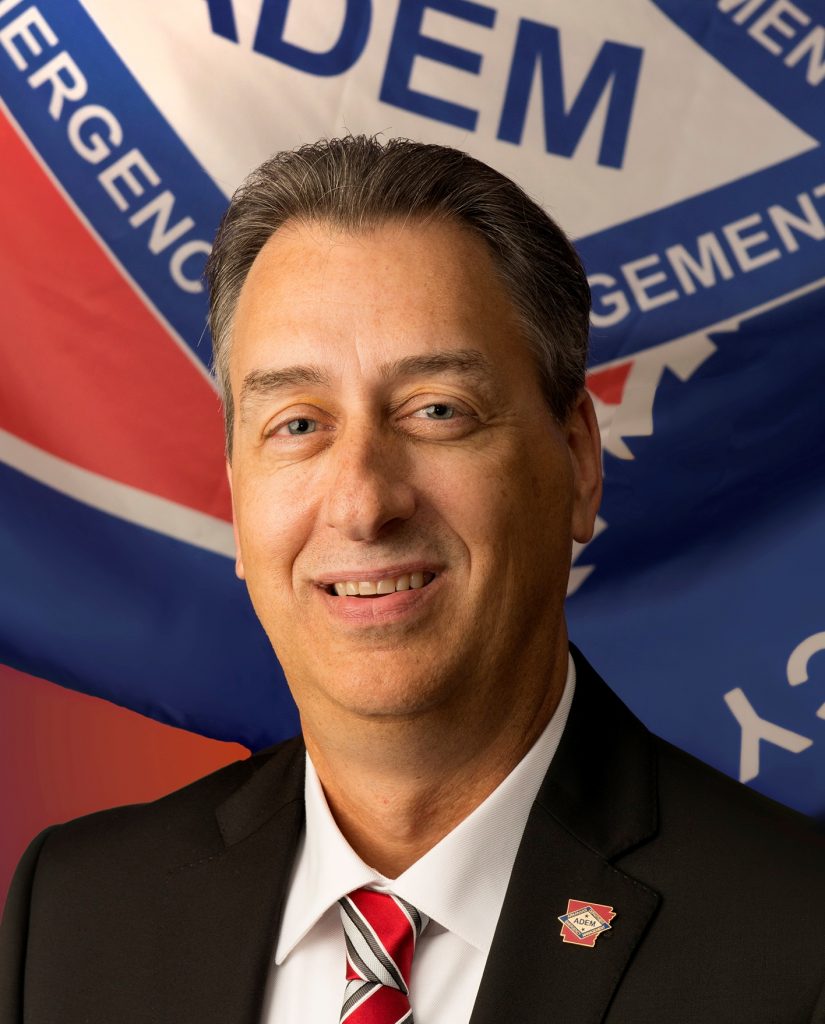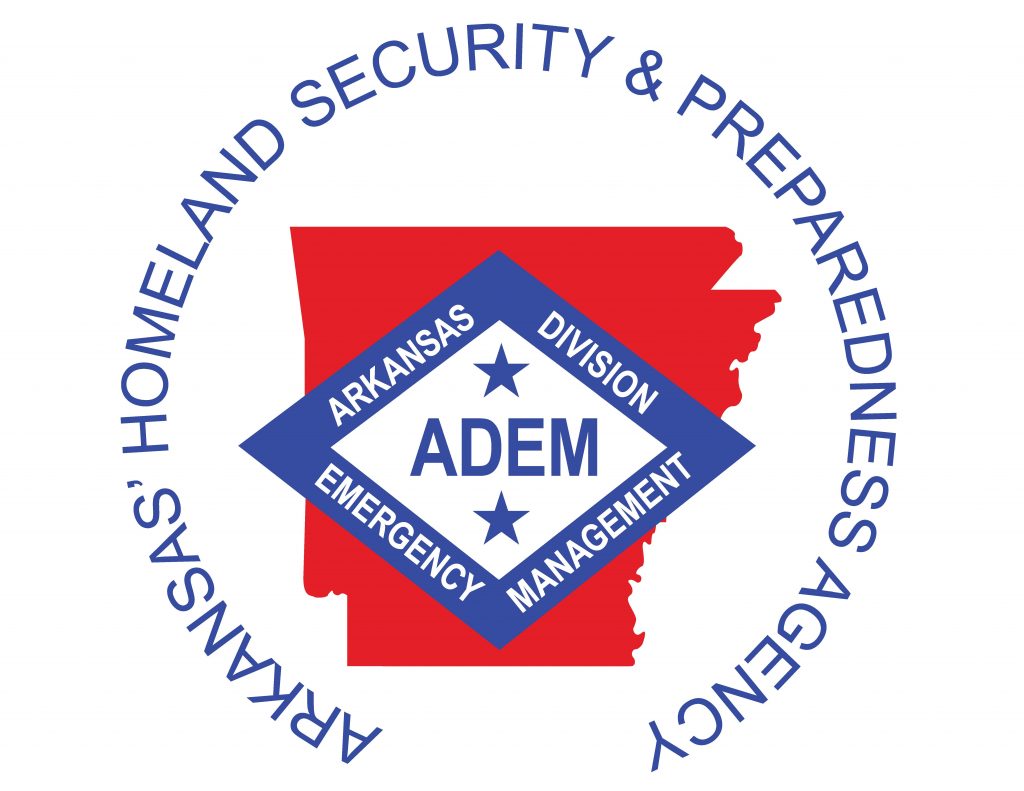by A.J. Gary
As the Arkansas Division of Emergency Management Director, I have seen many areas of our state impacted by severe weather events. I have seen firsthand the difference in the speed of recovery based on the level to which a community is prepared for the event. While there is nothing we can do to prevent severe weather, there are things that communities and citizens can do to prepare.
A community can establish pre-existing contracts for debris removal and identify debris staging areas. Strong partnerships among city, county, state and federal agencies result in quicker recovery and better government service to residents.

(ADEM) and State Homeland Security Advisor
In addition to having adequate insurance to cover their homes and personal property, people can make sure their important documents are secured or documents in easily accessible and safe locations.
Immediately after the March 31 tornado struck, the Federal Emergency Management Agency (FEMA) Region 6 administrator responded quickly to my request for a FEMA team. The team arrived in Arkansas the same night and slept on the floor at the State Emergency Operations Center. Early on the morning of April 1, FEMA personnel along with the Arkansas Division of Emergency Management (ADEM) recovery team boarded an Arkansas National Guard Blackhawk and flew into the disaster area. Having the FEMA team on board allowed for quick assessments of damages and was instrumental in obtaining a Major Declaration within 48 hours of the event.
Governor Sarah Huckabee Sanders toured impacted areas the morning after the storms and pulled state agencies together to assist. On April 1, she requested a federal declaration based on the significant damage to the state. On April 2, President Joe Biden approved a major disaster declaration for Arkansas.
Because of the relationships among state agencies, we were able to quickly respond and start recovery efforts. ADEM coordinated establishing contracts for non-congregate sheltering and worked with FEMA on a Direct Housing mission.
The cities affected moved quickly, starting debris removal within hours of the impact. Some cities had pre-existing contracts for debris removal, and others moved rapidly in procuring contracts with vendors to clear, haul and monitor debris disposal. Working with FEMA, the ADEM team was able to assist cities with staging areas for debris and help navigate through FEMA regulations to obtain waivers for debris staging areas.

Wynne was hit especially hard. The tornado struck the high school and wastewater facility, causing extensive damage. ADEM worked closely with city and school officials to ensure everyone had the information needed to quickly begin planning for the upcoming school year. ADEM also coordinated meetings with state and federal partners to address environmental issues with the wastewater facility. The ADEM team worked with FEMA to establish Disaster Recovery Centers (DRC) in the areas hit by the tornado. City and state agencies combined efforts to ensure all residents impacted by the tornado knew the locations of the DRCs. These centers allowed the locals to go to one place and receive information on state and federal disaster survivor resources, including replacement driver’s licenses and birth certificates.
Because some communities were prepared with pre-planned staging areas and pre-existing contracts, along with the strong relationship with ADEM developed long before the event, the recovery efforts are moving swiftly. At the time of the writing of this article, the ADEM recovery team is embedded in the FEMA Joint Field Office. They will continue to work closely with FEMA until the conclusion of recovery efforts.
